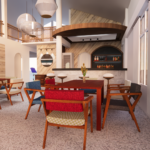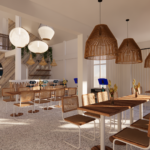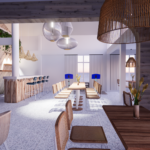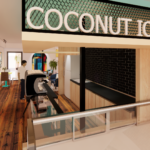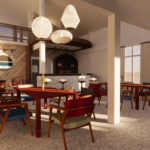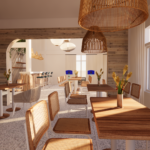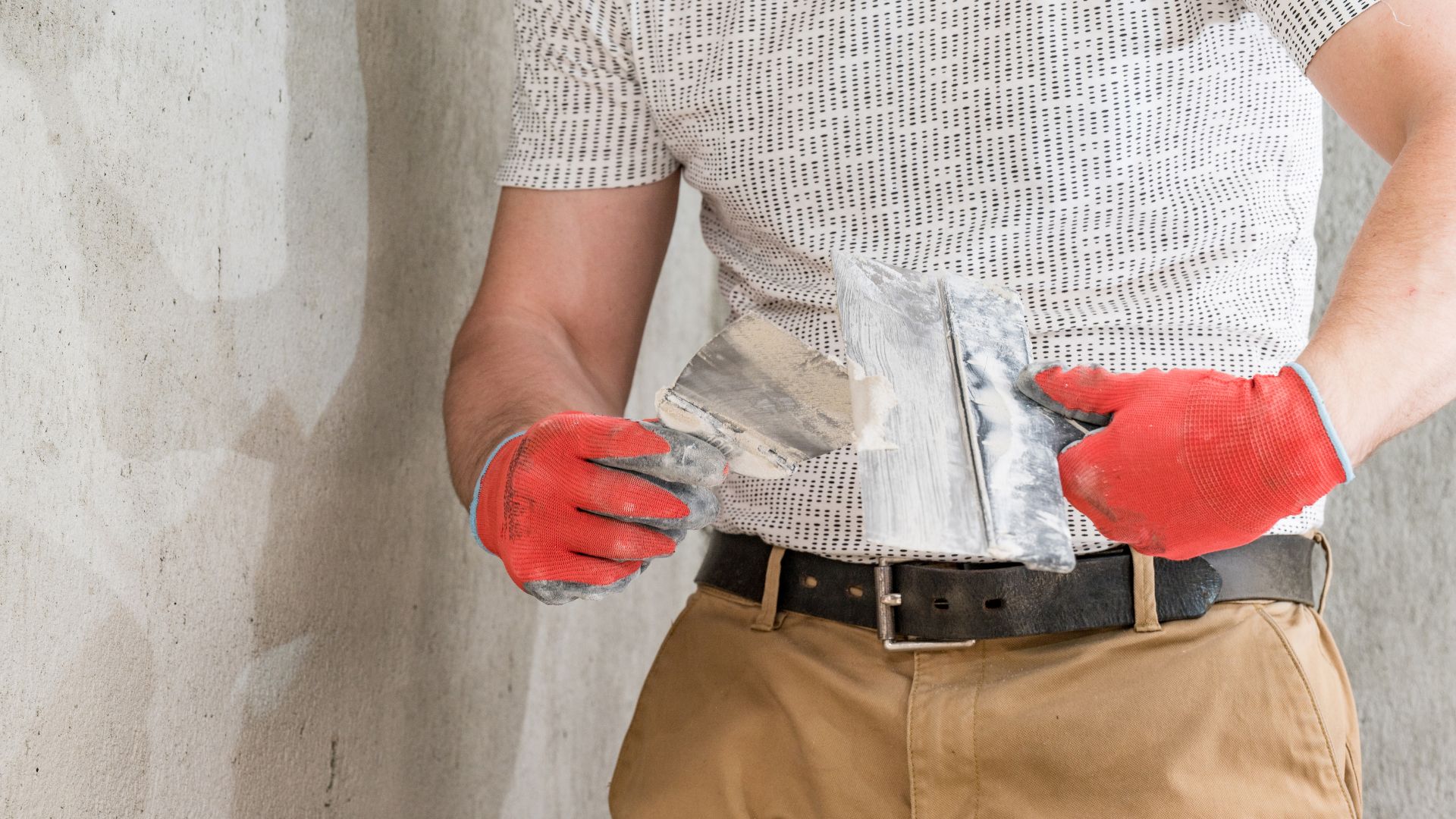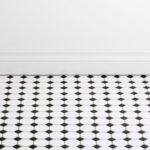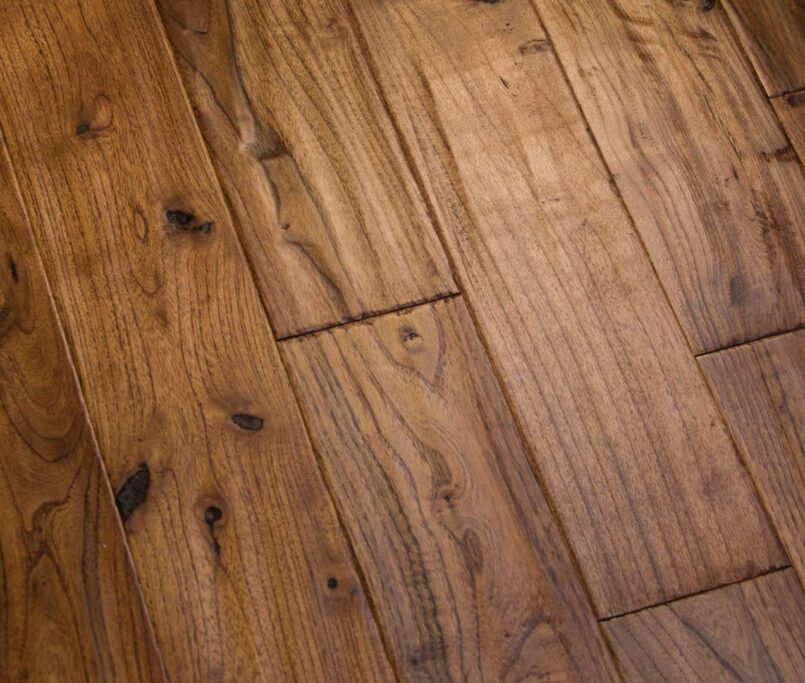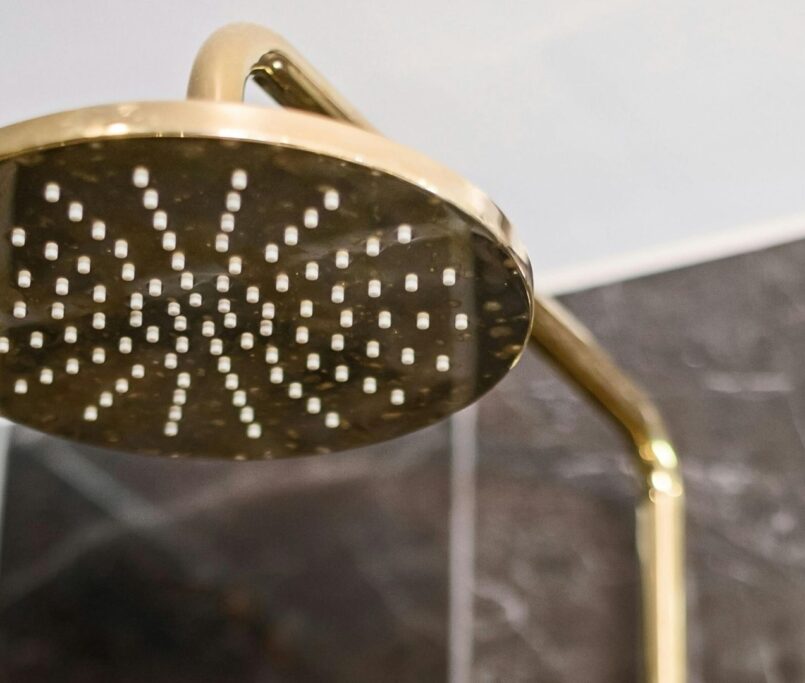For centuries, lime plaster has been a go-to finish in warm, humid regions and it’s easy to see why. When it comes to tropical villas in Phuket, this traditional material offers a compelling blend of natural beauty, breathability, and resilience that modern alternatives often struggle to match. In this article, we explore what makes lime plaster such a smart and stylish choice, where it shines, and how it stacks up against other popular finishes.
Why Choose Lime Plaster for Your Phuket Villa?
At its core, lime plaster is a simple mixture of slaked lime, sand, and water. But its magic lies in how it cures slowly, creating a surface that’s both tough and breathable which is a crucial feature in Phuket’s humid, monsoon-prone climate. Unlike paints or cement renders that trap moisture, this finish allows walls to ‘breathe,’ helping to prevent mould, peeling, and long-term damage. Its natural alkalinity also provides a mild defense against fungi and insects, common challenges in coastal environments.
That said, the quality of the final surface depends heavily on craftsmanship and materials. A poorly mixed batch or rushed application can lead to cracking or chalking, especially near the salty sea air. Choosing skilled artisans and premium lime is essential to achieving a finish that lasts.
The Indoor Advantage: Beauty Meets Durability
Inside your villa, this plaster ages with grace rather than fading or flaking unevenly like paint. It’s perfect for living rooms, bedrooms, and other dry spaces where a soft, matte finish can enhance architectural curves and alcoves. You can even tint the plaster with mineral pigments for subtle colour variations, eliminating the need for additional paint layers.
Maintenance is straightforward (usually just a gentle wipe or dusting) and the surface develops a unique patina over time that adds character. However, it’s best to avoid using this finish in wet or high-traffic areas like bathrooms or kitchens unless you apply protective coatings.
Outdoor Applications: Where to Use It Wisely
While lime plaster can bring warmth and texture to sheltered outdoor spaces such as covered verandas or shaded courtyards, it’s less suited for fully exposed walls. The relentless sun, rain, and salty air can wear down the surface over time. For better durability outdoors, hydraulic lime variants combined with breathable sealants can extend its lifespan, but periodic touch-ups remain necessary.
For walls exposed to harsh weather, a cement-lime blend offers a tougher alternative, balancing moisture resistance with some breathability.
Crafting the Perfect Finish
Applying this plaster is an art form. Typically laid in multiple thin coats, it requires slow drying, especially in Phuket’s humid air, which sometimes means using fans or dehumidifiers to control the process. The final texture can be tailored from smooth and polished to softly textured, depending on your aesthetic preference and budget.
Costs vary, but expect to invest between 500 and 1000 THB per square metre for interiors, with outdoor protective treatments adding 100 to 300 THB per square metre.
How Lime Plaster Compares to Other Finishes
| Material | Cost (THB/m²) | Lifespan Indoors | Breathability | Ideal Use |
|---|---|---|---|---|
| Lime-Based Plaster | 500–1000 | 15–20 years | High | Interiors, shaded outdoor areas |
| Cement Render | 200–500 | 20–30 years | Low | Exteriors, impact zones |
| Acrylic Paint | 50–150 | 3–5 years | Very Low | Budget interiors |
| Ceramic/Porcelain Tiles | 300–1200 | 30+ years | None | Wet rooms, exposed walls |
Each finish has its strengths. Cement render is robust but traps moisture; paint is affordable but short-lived in tropical climates; tiles are durable but can feel cold and impersonal. Lime plaster offers a harmonious middle ground that is breathable, warm, and visually inviting, making it ideal for living spaces and sheltered exteriors.
Final Thoughts: A Finish That Breathes Life Into Your Villa
Lime plaster isn’t just a surface treatment—it’s a statement of authenticity and craftsmanship. When applied thoughtfully, it enhances the atmosphere of tropical homes in Phuket, marrying function with timeless beauty. Its natural breathability suits the island’s climate perfectly, while its subtle textures complement the organic forms of tropical architecture.
If you’re designing or renovating a villa, consider integrating this classic finish early in the planning process. It’s an investment in quality, comfort, and enduring style.
For more insights on tropical architecture, visit our blog or contact us directly through our contact page. Don’t forget to explore our YouTube channel for practical tips and inspiration.

